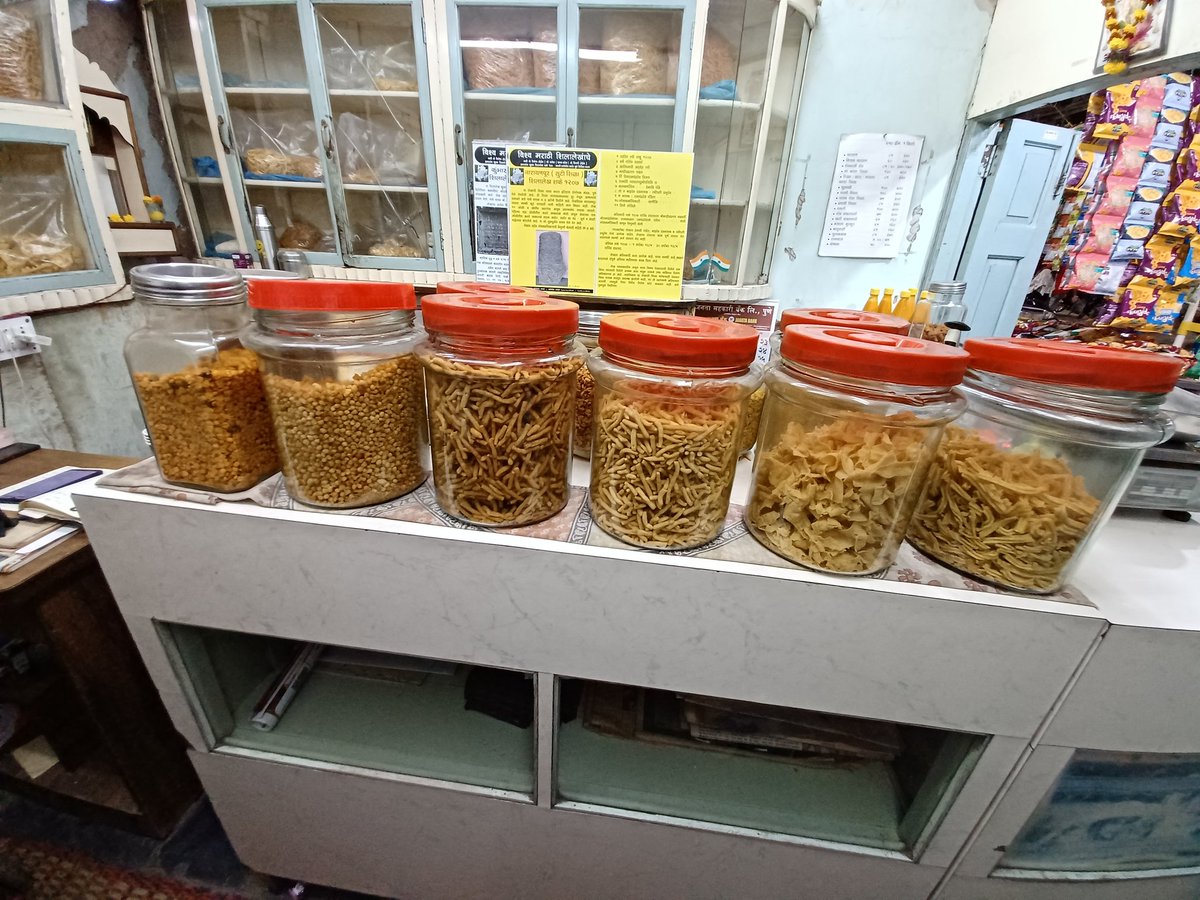On #Mahashivratri this is an attempt to list heritage Shiva temples in #Pune that go back over 250 years. #KnowPune
1) Onkareshwar : Built by Chimaji Appa younger brother of Bajirao-I in 1738
2) Kameshwar : Nene Ghat,Shaniwar Peth
3) Harihareshwar: Shaniwar Peth,since Peshwa Days


1) Onkareshwar : Built by Chimaji Appa younger brother of Bajirao-I in 1738
2) Kameshwar : Nene Ghat,Shaniwar Peth
3) Harihareshwar: Shaniwar Peth,since Peshwa Days



4) Someshwar - Raviwar Peth, since mid 1700s
5) Someshwar - Pashan, possibly over 300 years
6) Laxmaneshwar - Rasta Peth - from the late 1700s built by Sardar Raste
7) Amruteshwar-Siddheshwar - Shaniwar Peth, from mid 1700s built by Naik-Joshi Baramatikar



5) Someshwar - Pashan, possibly over 300 years
6) Laxmaneshwar - Rasta Peth - from the late 1700s built by Sardar Raste
7) Amruteshwar-Siddheshwar - Shaniwar Peth, from mid 1700s built by Naik-Joshi Baramatikar




8) Vruddheshwar-Siddheshwar, Bhamburda (Shivajinagar) Village, banks of Mutha, from 1700s
9) Rameshwar- Shukrawar Peth, Mandai from mid 1700s
10) Phadke Mahadev ( Rameshwar) - Raviwar Peth,Built by Haripant Phadke from late 1700
11) Sangameshwar - from 1700s at Mula-Mutha Sangam



9) Rameshwar- Shukrawar Peth, Mandai from mid 1700s
10) Phadke Mahadev ( Rameshwar) - Raviwar Peth,Built by Haripant Phadke from late 1700
11) Sangameshwar - from 1700s at Mula-Mutha Sangam




12) Siddhewshwar, Mangalwar Peth, from 1700s
13) Trimbakeshwar- Kasba, one of the very old temples could be 300+ years
14) Mrutunjayeshwar- Kothrud, from late 1700s
15) Shiva Mandir at Mahadji Shinde Chhatri - Deity from late 1700s



13) Trimbakeshwar- Kasba, one of the very old temples could be 300+ years
14) Mrutunjayeshwar- Kothrud, from late 1700s
15) Shiva Mandir at Mahadji Shinde Chhatri - Deity from late 1700s




16) Kashi-Vishweshwar and Rameshwar - Shaniwar Peth, Natu Wada from early 1800s
17) Dayaram Johri Mahadev, Sadashiv Peth.
18) Mahadev Temple, Raviwar Peth built by Shamdas from 1700s.
19) Dwimangal Murti Temple, Tulshibaug, built in memory of Ramabai, Madhavrao Peshwa wife.



17) Dayaram Johri Mahadev, Sadashiv Peth.
18) Mahadev Temple, Raviwar Peth built by Shamdas from 1700s.
19) Dwimangal Murti Temple, Tulshibaug, built in memory of Ramabai, Madhavrao Peshwa wife.




20)Trimbakeshwar - Opposite Shaniwar Wada, deity is 200+ year old
21) Panchaleshwar - Lakdi Pul, Karve Road, over 250 year old
22) Rhunmukteshwar - Kasba - atleast 150 years ( no photo)
23) Rhunmukteshwar - Ganesh/Raviwar Peth about 150 year old


21) Panchaleshwar - Lakdi Pul, Karve Road, over 250 year old
22) Rhunmukteshwar - Kasba - atleast 150 years ( no photo)
23) Rhunmukteshwar - Ganesh/Raviwar Peth about 150 year old



24) Pataleshwar/Mahadev in Maali Ali Kasba since Pune was a village 1700s.
25) Nilkantheshwar - Opposite Mujumdar Wada, Kasba Peth, since mid 1700s
26) Mutheshwar - Over 100 year old,Shaniwar Peth nr Onkareshwar (No Photo)
27) Vishweshwar - Sadashiv Peth Houd, 1800s (no photo)

25) Nilkantheshwar - Opposite Mujumdar Wada, Kasba Peth, since mid 1700s
26) Mutheshwar - Over 100 year old,Shaniwar Peth nr Onkareshwar (No Photo)
27) Vishweshwar - Sadashiv Peth Houd, 1800s (no photo)


28) Mahadev in Somwar Peth/Kedareshwar nr Trishund Ganpati 250 years
29) Prasanneshwar - Opp KEM Hosp, probably 150 yr
30) Krushneshwar/Dravid Mahadev - Sadashiv Peth, late 1700s
31) TulshiBaug-Kashi Vishweshwar from late 1700s



29) Prasanneshwar - Opp KEM Hosp, probably 150 yr
30) Krushneshwar/Dravid Mahadev - Sadashiv Peth, late 1700s
31) TulshiBaug-Kashi Vishweshwar from late 1700s




32) Nageshwar - Deity believed to to be over 700 year old, temple may have been rebuilt 20-300 year ago Somwar Peth
33) Dev-Deveshwar - Parvati built in mid 1700s by Nanasaheb
34) Pataleshwar - Rock cut caves 1000-1200 years old


33) Dev-Deveshwar - Parvati built in mid 1700s by Nanasaheb
34) Pataleshwar - Rock cut caves 1000-1200 years old



35) Kedareshwar nr Kasba Ganpati is one of the oldest deities in Pune. The present temple strcture though is rebuilt around mid 1700s. 

• • •
Missing some Tweet in this thread? You can try to
force a refresh

































